For the global spread of COVID-19, we must think highly of it. So we should better do self-protection. This article shares all protective equipment for againsting COVID-19.
The Current Situation of COVID-19
Situation in China
COVID-19 situation is ever-changing. China reported that the peak outbreak of the virus is over as by Thursday 18, 2020, a few hours after the WHO declared it pandemic.
The country has mobilized its resources to contain the virus. Currently, normality is steadily resuming, where many regions have lowered their emergency responses and businesses returning to regular operation.
Nihaojewelry locates in Hangzhou, where has cancelled the temperature measurement code for public places and vehicles. In general, The epidemic has been well controlled in China, and people’s lives have almost returned to normal.
Situation Abroad
The COVID-19 virus is spreading rapidly across the globe, causing havoc and closure of international borders. Other significant reported cases are from the following nations.
- Italy
- Canada
- United States
- Spain
- Iran
- Germany
- France
At the moment, a total of 294,423 cases have been reported globally, 27,524 deaths, and 26,784 recoveries.
Most nations have advised their citizens to start working from home as a measure to control the rapid spreading of the COVID-19 virus. However, not all can work from home, and this will cause adverse effects on economies across the world.
Preventive Measures Against for COVID-19
Based on studies, the COVID-19 virus is transmitted through having close contact with infected individuals and via respiratory droplets.
Therefore it is necessary to consider preventive measures against the spread of the virus. The following are the preventive measures individuals are supposed to take.
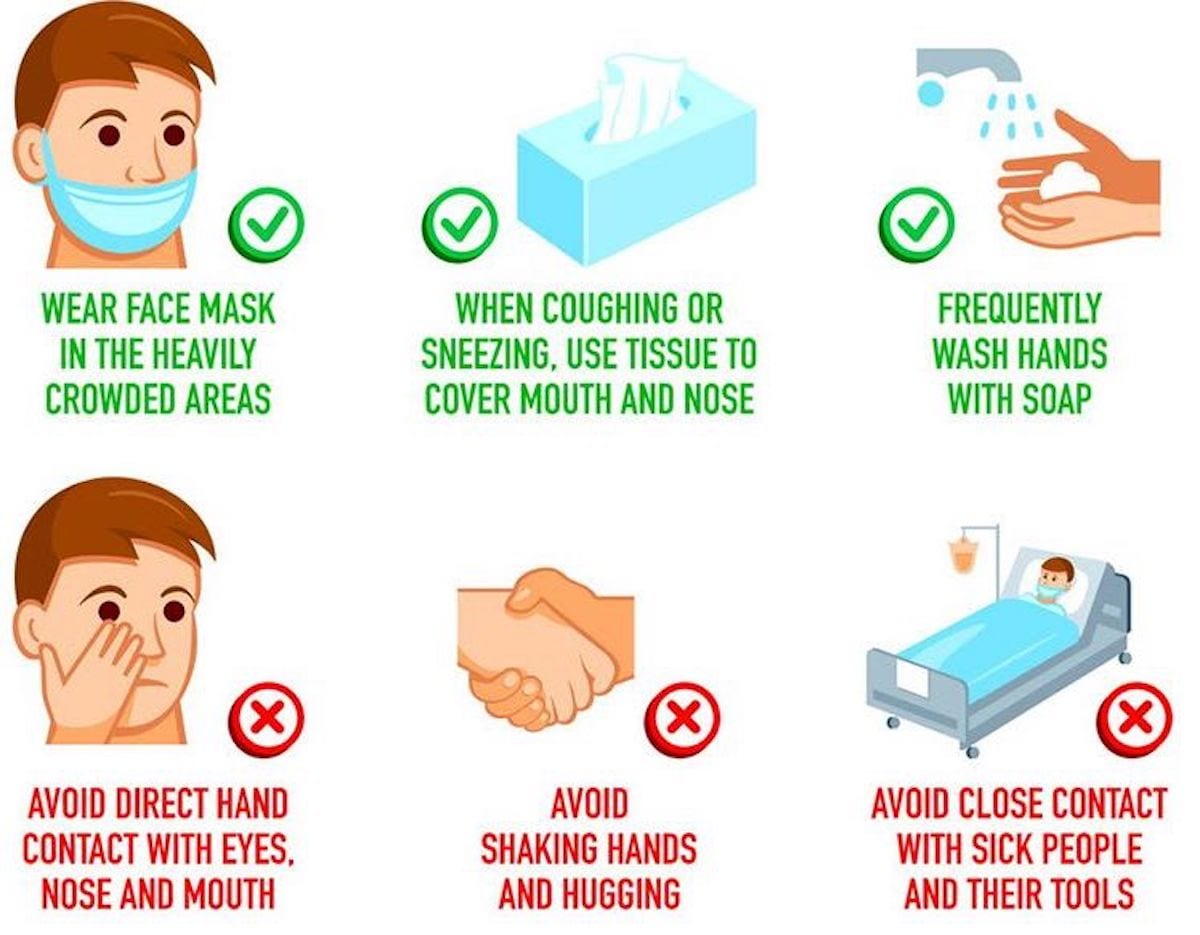
Washing hands frequently using an alcohol-based sanitizer or soap. Why this? It has been revealed that detergents or any alcohol-based sanitizer kill the virus on the surface of your hands.
Do not touch your nose, mouth, or eyes. It sounds challenging to adapt. It is high time you get used to this measure. If an individual touches a surface or greets an individual with the virus, there are higher chances of them getting infected by touching their eyes, nose, or mouth.
Why? Studies have revealed that it enters the body through a membrane, and touching such organs will transmit it to the body.
Maintain social distancing (quarantine yourself). Keep a distance of 1 meter from a sneezing or coughing person. This is to avoid contamination through droplets from sneezes and coughs of the individual who may contain the virus.
Do not exchange kisses or hugs too. Remember to stay at home always, unless under unavoidable circumstances.
Do not share utensils, dishes, beddings, and even towels. The COVID-19 virus survives on surfaces for hours. Sharing such items will spread the virus from an infected person to the rest.
Do regular practice of respiratory hygiene. How can you do this, though?
- Sneeze with a bent elbow. This will prevent the droplets containing the virus from remaining on your hand if you are infected.
- Cover your mouth or nose with a piece of cloth or handkerchief when sneezing or coughing. If you have symptoms of coughing, fever, or sneezing, sought medical attention immediately. Do not assume it!
The Vital Protective Equipment for COVID-19
The rapid spread of the COVID-19 virus has led to the innovation of equipment to curb its spread. However, such tools have precautions and measures on how to use them. The following are the most commonly used preventive equipment against the COVID-19 virus.
- Face masks
- Disposable nitrile gum gloves
- Goggles
- Protective clothing
- Respirators
1) Face masks
Situations that you should consider using a face mask according to the World Health Organization (WHO).
- If you are sneezing or coughing, wear a face mask.
- If healthy, wear a facemask when taking care of an individual suspected to be having a 2019-nCoV virus.
- The masks are efficient only when used during frequent hand-washing using alcohol-based detergents.
Using, taking off and disposing of a face mask
- Clean your hand using an alcohol-based detergent before wearing the mask.
- Do not leave any gap between your face and the face mask. Make sure your mouth and nose have been appropriately covered.
- Do not touch the face mask. However, if you touch, wash your hands thoroughly with an alcohol-based detergent, water, or soap.
- Do not reuse the face mask. Once it is damp, remove it and replace it with a new one.
- Remove the mask from behind. Caution! Do not touch the face mask from the front, please. The face mask should be discarded in a closed bin immediately and wash your hands using an alcohol-based detergent.
View more about masks : How to Prevent COVID-19 with Masks?( Buy Masks Online ).
2) Disposable nitrile gum gloves
These are the recommended gloves for patients suspected with the COVID-19 virus. Put on your gloves when accessing any public areas or facilities, without bringing your hands to any potential contaminant.
Precautions when using nitrile gloves
- Do not touch your mouth.
- Do not touch your nose
- Do not rub your eyes
- Do not handle any food
3) Goggles
Eye exposure can subject one to contaminate the COVID-19 virus. Studies recommend one to use protective goggles that shield your eyes from respiratory droplets.
Precautions when using protective goggles
- Use a tissue when touching or when feeling an urge to rub your eye.
- If you must touch your hands using bare hands, sanitize your hand using a sanitizer or soap first.
4) Protective clothing
This protective gowns need to be worn by caregivers of people with COVID-19. This gowns should be removed and caregiver should perform hand hygiene.
5) Respirators
A respirator is protective equipment worn on the head or face and covers the mouth and nose. They prevent the spread of the virus by creating a barrier for respiratory particles from coughing and sneezing individuals.
Precautions when using respirators
- Have a medical evaluation before wearing any respirator.
- Check out the expiry date before using them.
- Do not touch the front part of the respirator. If you have to touch it, wash your hands using soap or an alcohol-based sanitizer.
Conclusion
The outbreak of the COVID-19 virus has been declared a global concern due to its rapid spreading to various nations in the world. As it is rapidly spreading, individuals and communities should take the valid recommendations proposed to prevent its spread.
As an individual, support the control measures laid by WHO. Do not panic! Do not ignore it! Despite the myths laid across by many people, the only action that will significantly prevent you is to follow the guidelines above. Protect your society today!
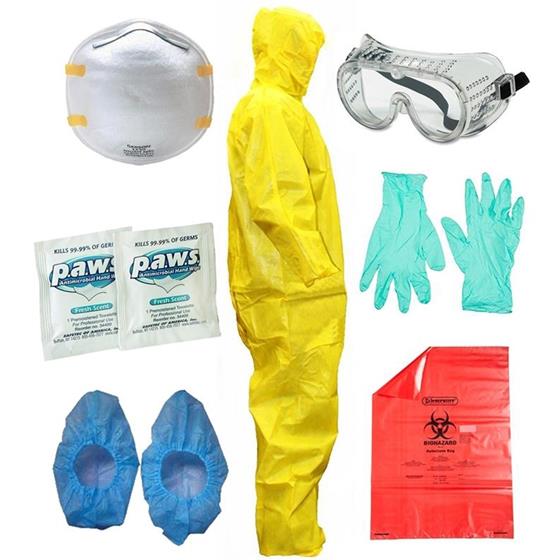
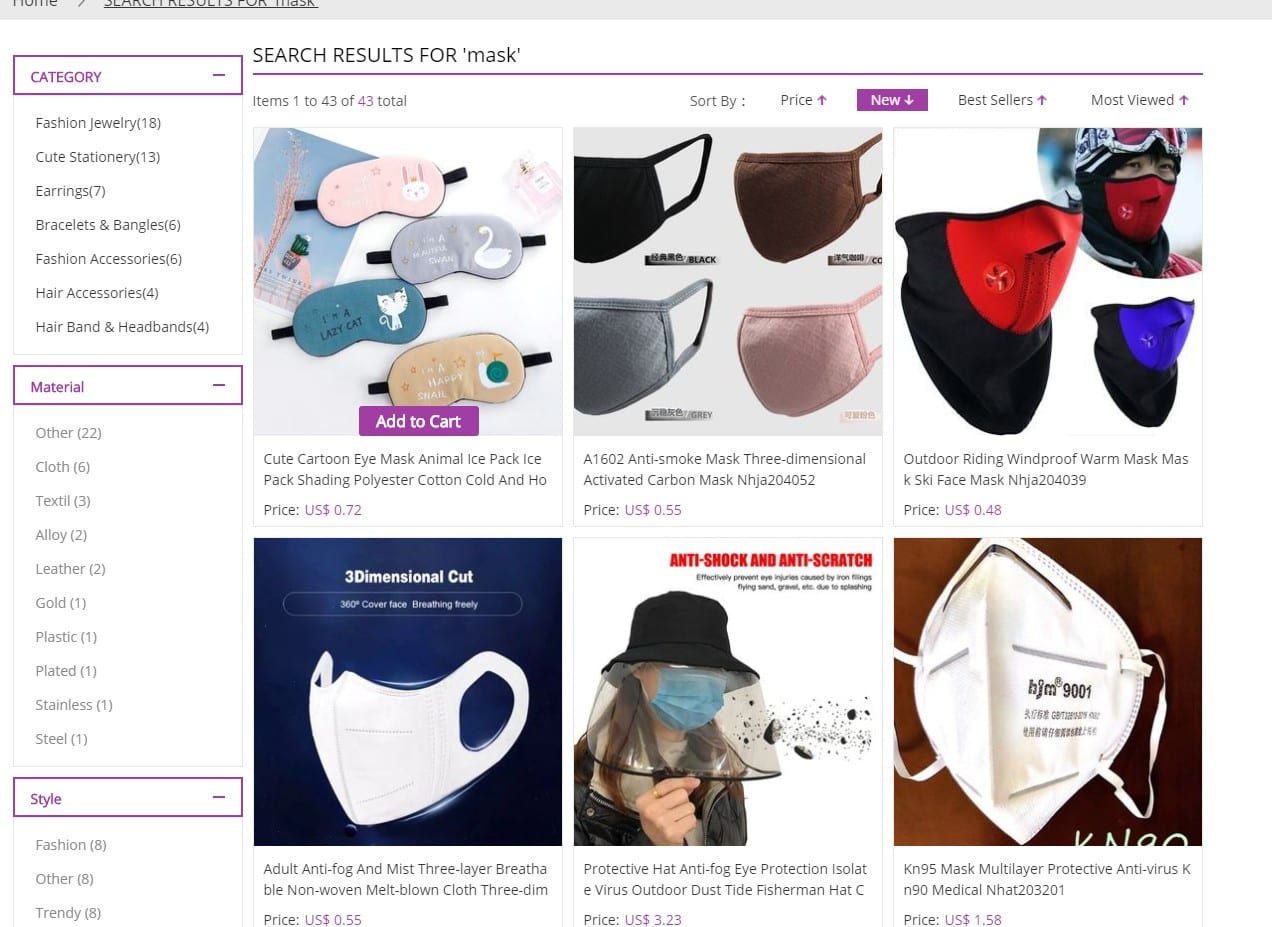
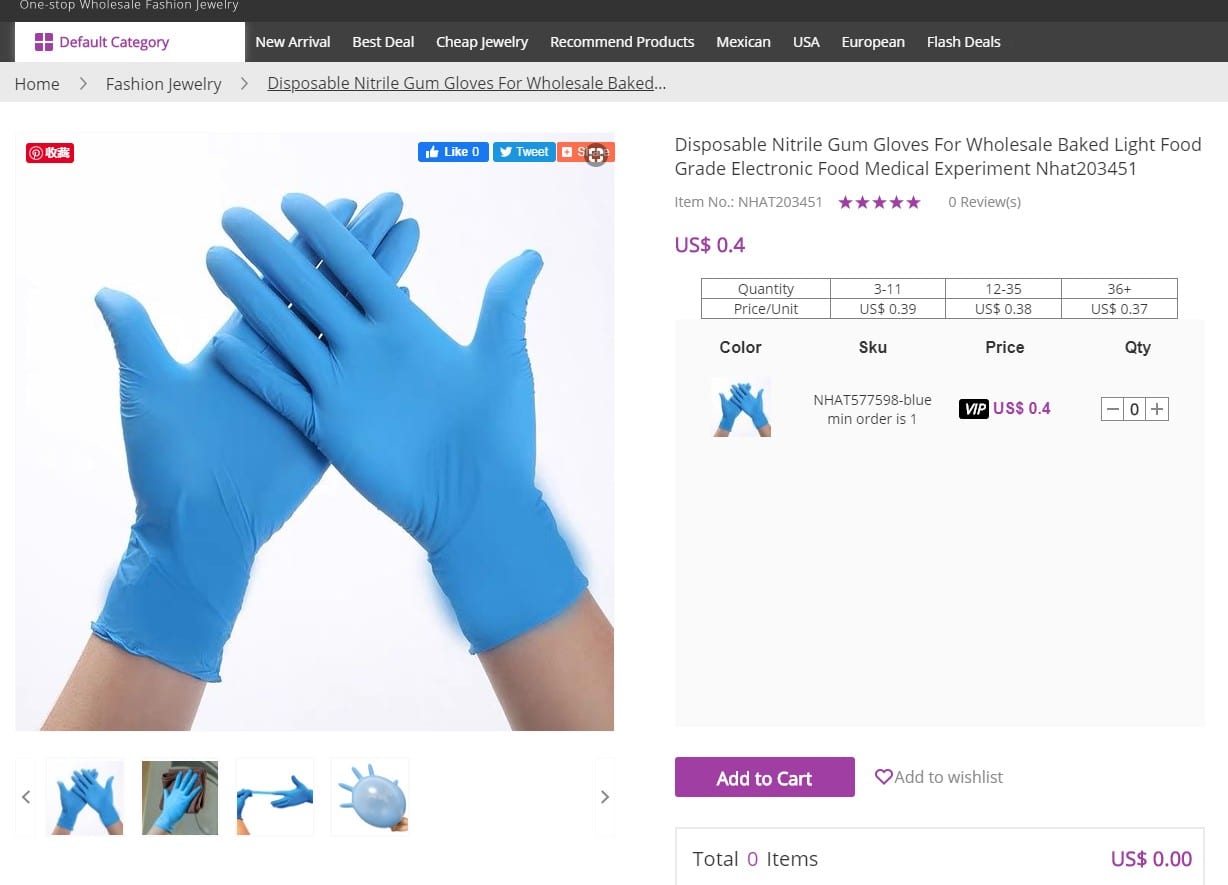

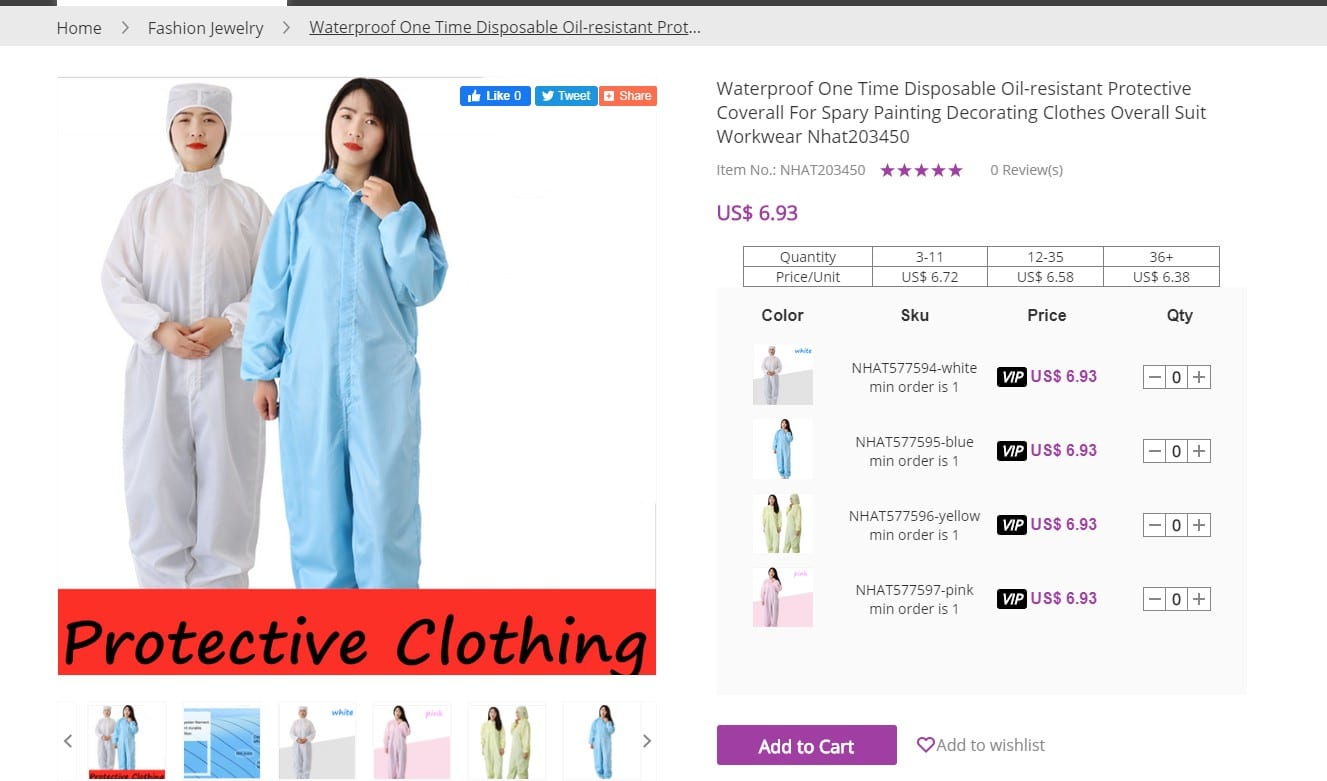

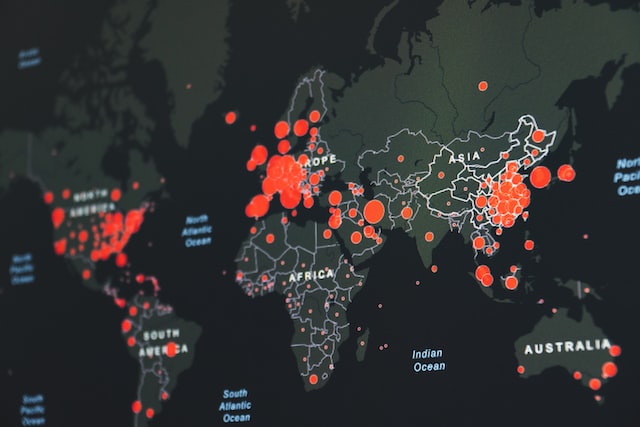

2 Comments
Enda Heinz
medical disposable is going up
jessica
Hello, Enda! Yes, and still